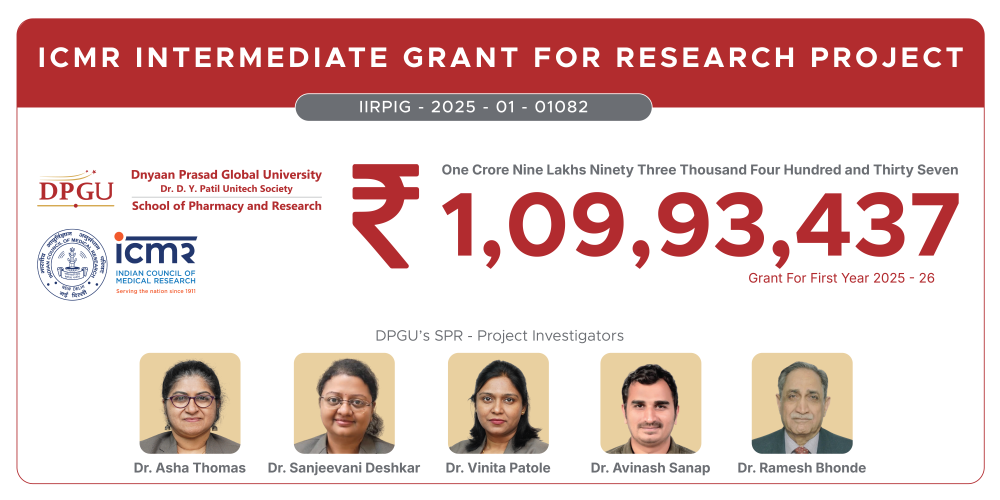Avenues for AI intervention in diabetic retinopathy
November 14, 2022 | Monday | Views
Artificial Intelligence is transforming eye care for diabetes patients
image credit- shutterstock
With the International Diabetes Foundation projecting that at least 700 million people will be living with diabetes mellitus by 2045, there is a growing concern that diabetic retinopathy may become an even bigger health crisis in the years ahead.
Diabetic retinopathy is also reported to be the world's leading cause of visual impairment among adult populations. Available data suggests that diabetic retinopathy affects more than a third of diabetic patients.
In India, the threat of diabetic retinopathy is looming with a recent study showing a 16.9% prevalence. This has led to the call for more innovative approaches to prevent and treat diabetic retinopathy. One promising solution is the use of artificial intelligence (AI) for improved eye care in patients with diabetic retinopathy.
AI adopts the use of machine learning and deep learning to address eye care issues in diabetic patients. This transformational innovation has the capacity to yield remarkable results in the management of diabetes.
Revolutionising medical care in diabetic retinopathy
There are several ways AI is helping to transform eye care for diabetes patients. Screening and diagnosing for diabetic retinopathy have become more efficient for health care providers due to the application of deep learning at relatively low cost. Using convolutional neural networks, specialists can effectively detect and monitor the occurrence of diabetic retinopathy through AI-based screening solutions. This screening is used to spot and identify likely issues on the retina with accuracy often exceeding 92%.
AI has also proven remarkable in supporting diabetes self-management. It provides the personal data that patients need to adapt to healthier lifestyles and overall keep better track of management of their diabetes. Use of AI can therefore support self-management and is a strategic tool inproviding care to people in hard-to-reach communities with limited medical specialists nearby for regular visit.
Other ways AI is useful is in monitoring diabetic tetinopathy complications as well as transformingdiabetes care in developing algorithms that canaccurately predict the development and prevalence of diabetic retinopathy, among other complications.
AI primarily involves the use of machine learning for analytics and data, analysing social media activity, physical and mental health, and lifestyles of people within a geographic area or demographic population. This can be helpful for communities that face logistical barriers, lack eye specialists, or are plagued by high cost of health facility visits.
In India and elsewhere around the world, investment in AI is needed to bridge the gapin eye care management, especially in ways that can make managing diabetic retinopathy cost effective, easier, and more convenient, and eventually reduce vision loss and blindness in the country.
The Orbis Approach in India
Through Cybersight; Orbis International’s digital technology, we have supported the use of AI to screen and diagnose diabetic retinopathy in Rwanda and Vietnam and are scaling this innovative application up. In India, we are leveraging technology and building the infrastructure needed for early detection of diabetic retinopathy and integration of eye screenings into the overall care for people living with diabetes.
Dr Doris Macharia, Senior Vice President, Global Programs, Orbis and Dr Rishi Raj Borah, Country Director – India, Orbis










